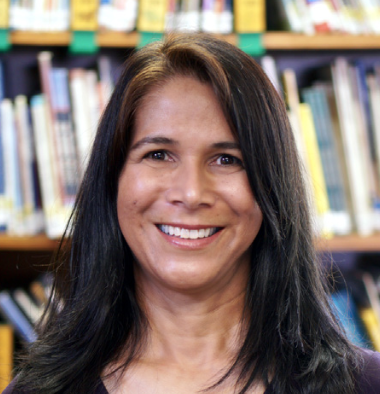Why Indigenous Children’s Literature Matters: A Native Hawaiian Perspective
by Julie Kaomea
Native Hawaiians, like other Indigenous Peoples, have long understood the transformative power of stories. We have a proverb that states: I ka ʻōlelo nō ke ola, i ka ʻōlelo nō ka make (In words there is life, in words there is death). This power to heal or destroy is evoked not only by the words or ʻōlelo that we speak, but also by the stories or moʻolelo that we tell. Realizing that many versions of a story can exist simultaneously, our Native Hawaiian kūpuna (ancestors) referred to different versions of a story as different mana, a word that also means supernatural or spiritual power. The implication is that the more often a particular version of a moʻolelo or story is told, the more mana or power it accrues or evokes.
Cherokee literary scholar Daniel Heath Justice (2018) makes a similar argument for the power of stories in his book Why Indigenous Literatures Matter. Acknowledging that there are many stories about Indigenous Peoples alive in the world today, he asserts that these stories can alternatively wound or heal, depending on who is telling the story, their intention, and the version of the story that is told. Justice describes stories that wound as “noxious, bad medicine” (p. 2). They include settler appropriations and misrepresentations of Indigenous stories that serve to erase and replace us, tales of Indigenous deficiency, and stories that entrap us in colonial worlds and relations that are antithetical to our own. Stories that heal and nourish, on the other hand, are Indigenous stories that depict our peoples and our realities in their full complexity. They acknowledge the substance and purpose of our Indigenous existence, remind us of our relations and responsibilities to the earth and our fellow kin that have been severed through colonial fragmentation, and enable us to envision more healthy, sovereign, and life-giving futures.
Daniel Heath Justice, Jo-Ann Archibald Q’um Q’um Xiiem (Stó:lō First Nation), and other Indigenous scholars reason that in order to imagine “beyond the wounding now into a better tomorrow” (Justice, 2018, p. 156), Indigenous People need to reclaim the healing power of our stories (Archibald, 2008). We need to make the world “more fully alive with the stories of our time and those before” (Justice, 2018, p. 156) so that our Indigenous stories can provide the foundation to work, write, and dream a more hopeful and sustainable future into being. Following a similar line of reasoning, Indigenous Chamoru climate justice lawyer and writer Julian Aguon (2024) attests that if we are to succeed in the project of building a better world—“if we are to have any hope for the future”—Indigenous communities must start telling stories from “our own small corners of the earth as we know them and as we love them,” for “only a new story can call us; only a new story can compel us to do what needs to be done; only a new story can call a new world into being.”
 Julie Kaomea, PhD, is a Kanaka Maoli Professor of Education at the University of Hawaiʻi at Mānoa. Her research in Native Hawaiian Education has led to publications in Educational Researcher; Curriculum Inquiry, and Anthropology; Education Quarterly; Qualitative Inquiry; and History of Education Quarterly. She has served as the coordinator of the University of Hawaiʻi College of Education’s PhD Program in Curriculum and Instruction for over 10 years, and teaches graduate courses in Decolonizing Research Methodologies, Indigenous and Postcolonial Perspectives in Education, and Contemporary Native Hawaiian Education.
Julie Kaomea, PhD, is a Kanaka Maoli Professor of Education at the University of Hawaiʻi at Mānoa. Her research in Native Hawaiian Education has led to publications in Educational Researcher; Curriculum Inquiry, and Anthropology; Education Quarterly; Qualitative Inquiry; and History of Education Quarterly. She has served as the coordinator of the University of Hawaiʻi College of Education’s PhD Program in Curriculum and Instruction for over 10 years, and teaches graduate courses in Decolonizing Research Methodologies, Indigenous and Postcolonial Perspectives in Education, and Contemporary Native Hawaiian Education.